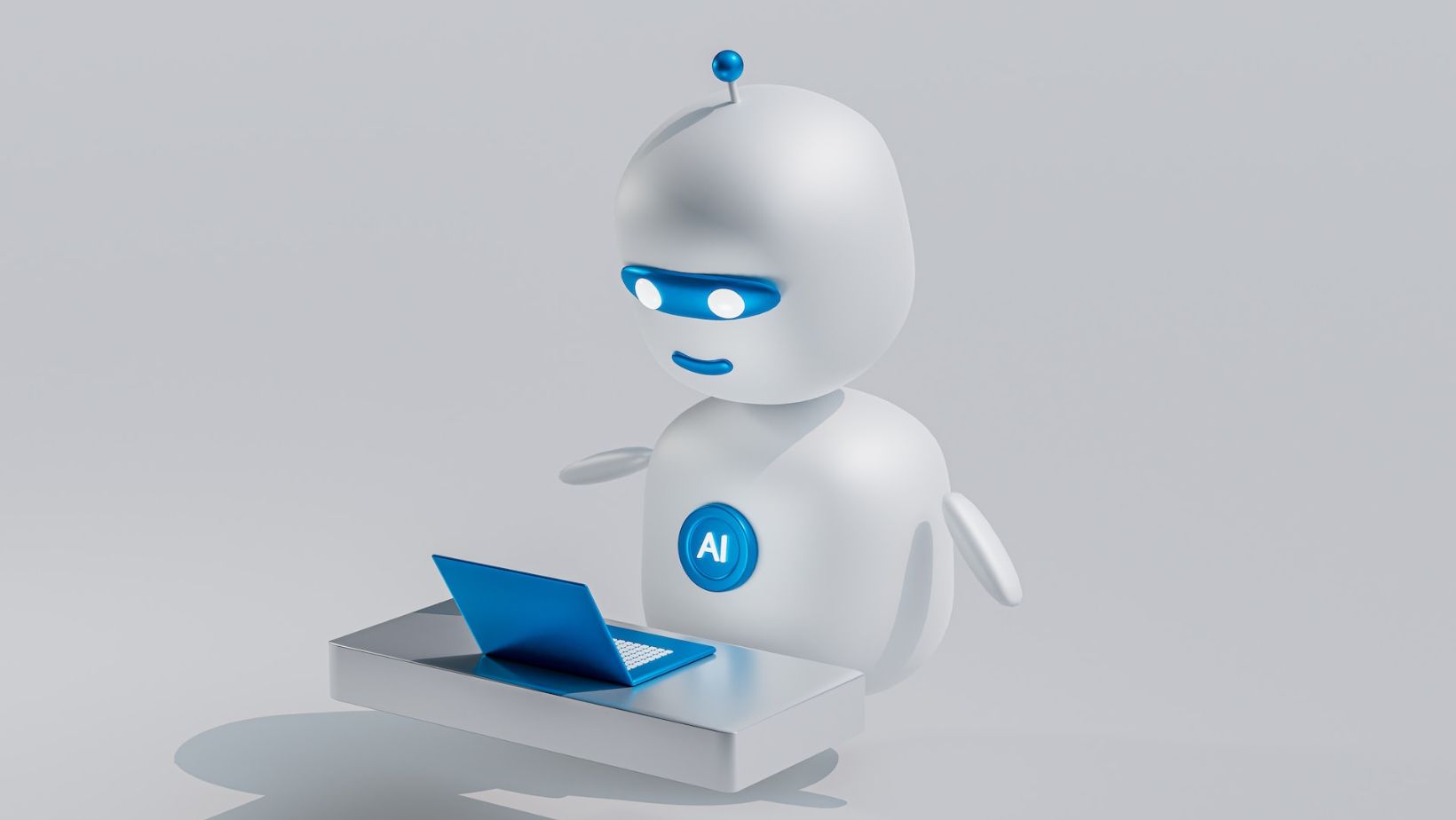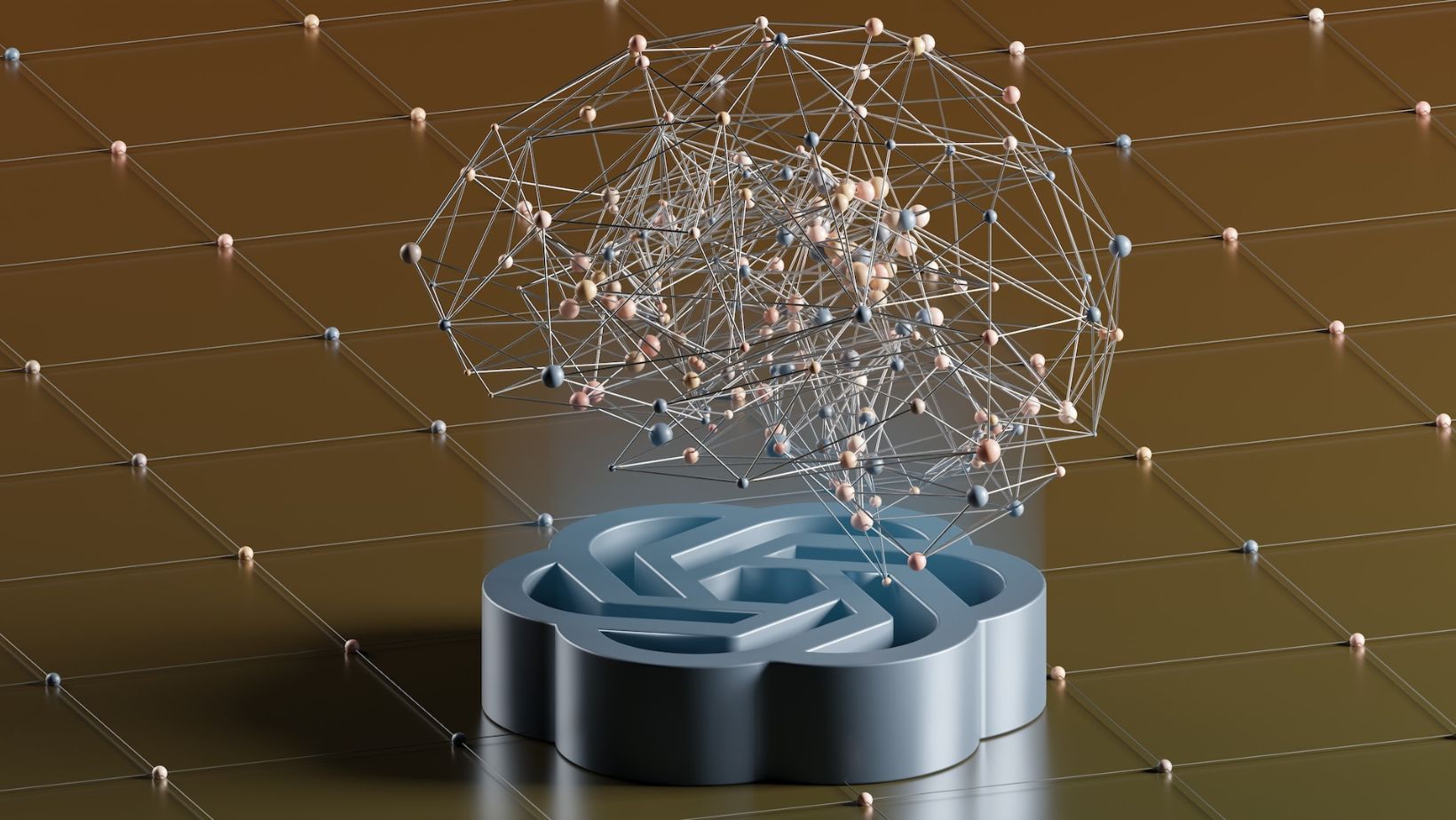In today’s hyper-connected world, businesses are striving for an edge, and this edge often lies in understanding the customer journey. Customer Journey Mapping has long been a critical tool for organizations aiming to understand the steps their customers take from awareness to conversion and beyond.
Traditional methods involve analytics and customer feedback to map this journey. But imagine if you could accurately predict a customer’s needs before they even know what they want? That’s where machine learning steps into the picture.
Below, we explore how machine learning is revolutionizing the way businesses conduct customer journey mapping and predict customer needs.
1. Real-Time Personalization to Elevate Customer Experience
The advent of machine learning algorithms that analyze data in real time offers an invaluable asset to companies: the power of personalization. Traditional customer journey maps might identify general trends or patterns, but machine learning can tailor the experience for individual users.
For instance, if a customer often browses a certain category of products but never makes a purchase, a machine learning algorithm can offer personalized incentives or recommendations to convert the user into a buyer.
Check out NICE website for more on customer experience. They offer valuable insights on how cutting-edge technologies are changing the landscape of customer interactions.
Incorporating machine learning in your journey mapping tools can make the experience not just customer-focused but customer-predictive.
2. Reducing Customer Churn Through Predictive Analysis
One of the most valuable applications of machine learning in customer journey mapping is in predicting customer churn. By analyzing data on customer behaviors and interactions, machine learning algorithms can identify warning signs that a customer is likely to churn in the near future.
Armed with this information, businesses can proactively take steps to retain customers, whether through personalized discounts, customer outreach, or improved service delivery.
3. Chatbots and Virtual Assistants for Enhanced Customer Service
While chatbots have existed for a while, their capabilities were limited to scripted responses and pre-defined actions.

However, machine learning has changed the game. Today’s intelligent chatbots can analyze customer input in real time, provide meaningful responses, and even predict customer needs to offer solutions proactively. This saves time for the customer and frees up human customer service agents to handle more complex issues.
4. Sentiment Analysis For Improved Customer Relations
Sentiment analysis algorithms powered by machine learning can sift through vast amounts of customer feedback and interactions, like social media mentions, feedbacks, or customer service chats, to determine the overall sentiment towards your brand.
Knowing how customers feel about your product or service can help you to make targeted improvements that will directly address customer needs and pain points.
5. Optimizing Customer Onboarding
First impressions last, and in the business world, the onboarding process can make or break a customer’s relationship with a brand. Machine learning can streamline this experience by predicting the type of onboarding each customer prefers and needs.
For instance, if a customer seems tech-savvy, the algorithm might skip the basic tutorials, offering instead a more advanced guide to get the most out of the product or service.
6. Forecasting Future Customer Needs
Perhaps the most futuristic application of machine learning in customer journey mapping is the capability to forecast future customer needs based on their past behavior, preferences, and market trends.

These predictive models can enable companies to stay one step ahead of customer demands, allowing them to develop products or services that their customers don’t even know they need yet.
Conclusion
Machine learning is transforming the way we understand and interact with our customers. By integrating machine learning algorithms into customer journey mapping, businesses can move from being reactive to proactive, anticipating customer needs and personalizing the customer experience in unprecedented ways.
The benefits are manifold: reduced customer churn, more targeted marketing, better customer service, and a deeper, more nuanced understanding of customer sentiment and behavior. It’s not just about keeping pace with your customers anymore; it’s about staying ahead of them.



